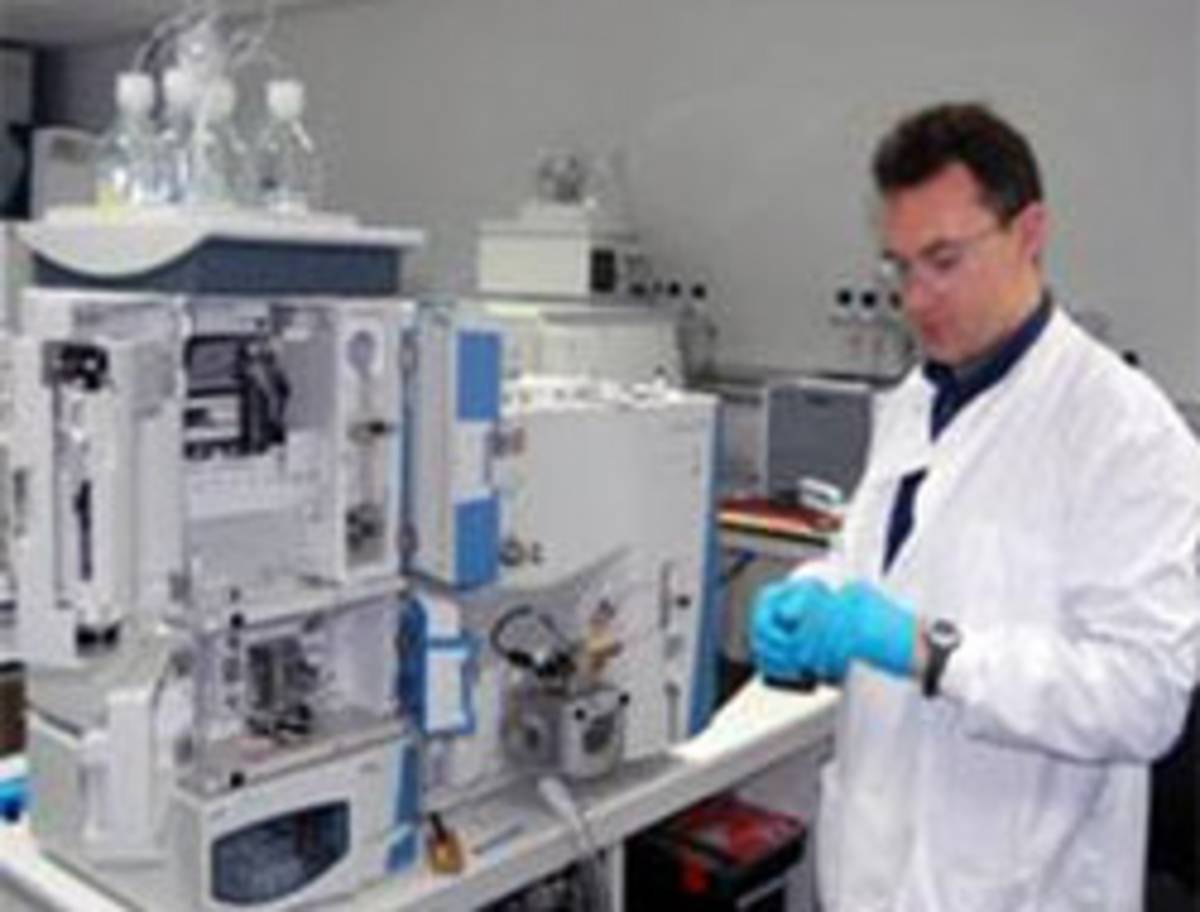Analysis outlines a new approach for assessing chemical risks

The analysis, led by the UK Centre for Ecology & Hydrology (UKCEH), says the sheer number of chemical substances makes it increasingly challenging to carry out the risk assessments required to check all products are completely safe for wildlife.
The EU’s REACH (Registration, Evaluation, Authorisation and Restriction of Chemicals) regulation 2006 set an important precedent – that the onus to demonstrate a chemical was safe for humans and the environment should lie with the manufacturer. However, out of more than 100,000 chemicals on the market in Europe, only a small fraction have been thoroughly evaluated for their potential harmful impacts on humans and the environment.
Professor Andrew Johnson of UKCEH, lead author of the paper, explains that, for example, there has been a lot of evaluation of the effects of pesticides on the environment but not washing detergents, despite their widespread use. He adds pharmaceuticals do not need an environmental risk assessment, and there has been little research into the potential impacts of several key classes of drugs on wildlife.
Meanwhile, weak regulations or inconsistent local enforcement have contributed to the creation of severe pollution hotspots in some parts of the world, particularly Asia where chemical sales are more than 60% higher than the US and EU combined, according to Professor Johnson and his co-authors.
He says: “Given the many chemicals that entered the market before REACH came into force, a retrospective authorisation process is trying to catch up. An ever-growing number of chemicals and uses for them means the challenge is enormous, and regulators are struggling to keep up. But it isn’t necessarily a lost cause. We’ve learned from the past and chemicals are generally safer.”
Along with progress in the regulation and management of chemicals, Professor Johnson and his co-authors say another reason for optimism is the improvement in analytical techniques in recent years. Computer modelling enables scientists to predict the effects of chemicals without animal testing but regulators are reluctant to rely entirely on these theoretical models.
"We’ve learned from the past and chemicals are generally safer" - Professor Andrew Johnson
Andrew C. Johnson, Xiaowei Jin, Norihide Nakada, John P. Sumpter. 2020. Learning from the past and considering the future of chemicals in the environment. Science. DOI: 10.1126/science.aay6637
Event Information
Date: 10.02.2020 - 06:18 PM
Contact
- Nick Wells
- Phone: 01491 692583
- Email: nwells@ceh.ac.uk